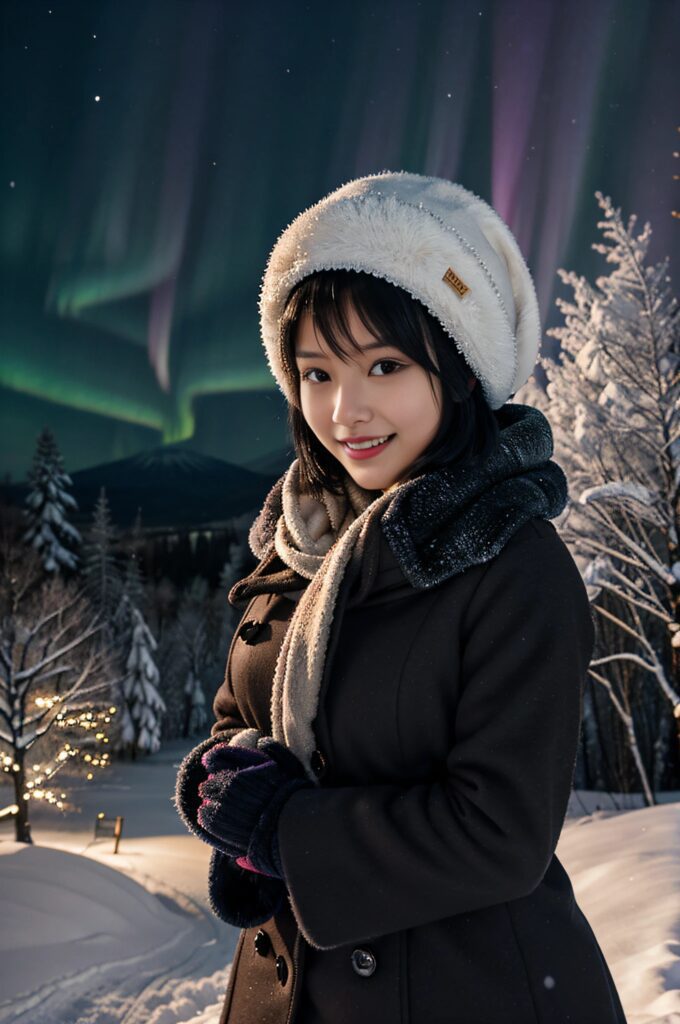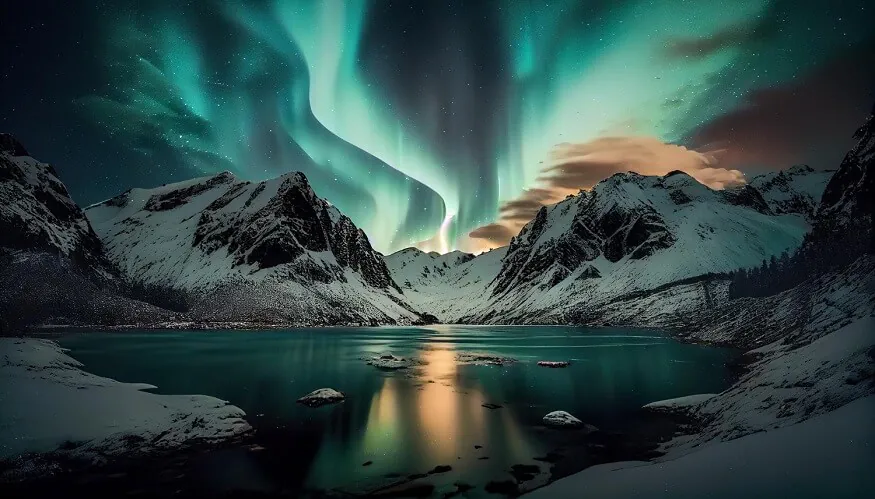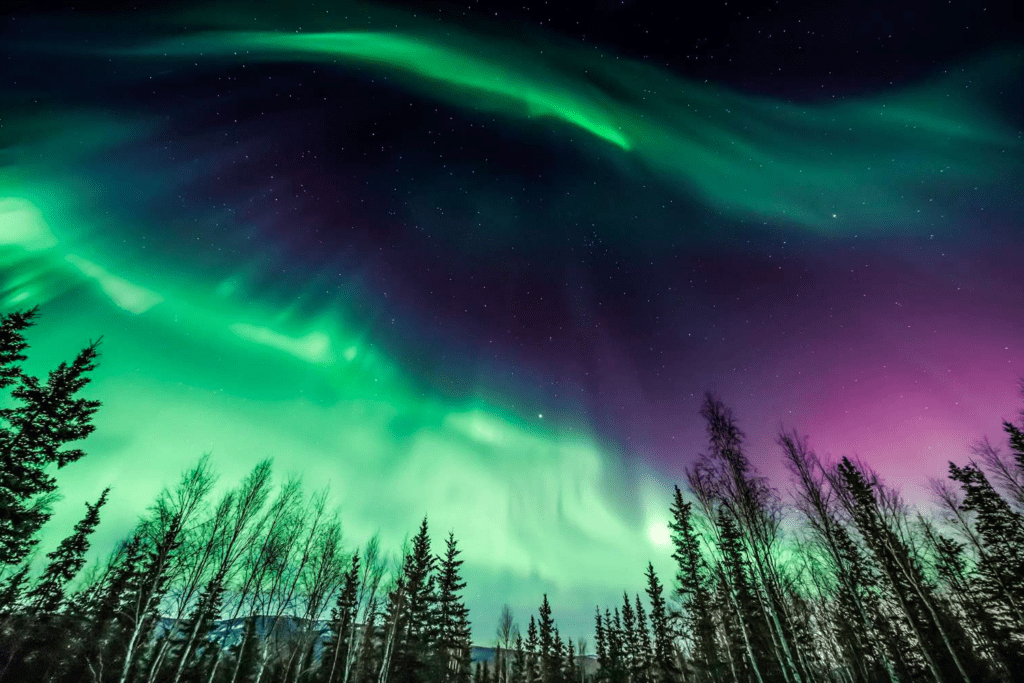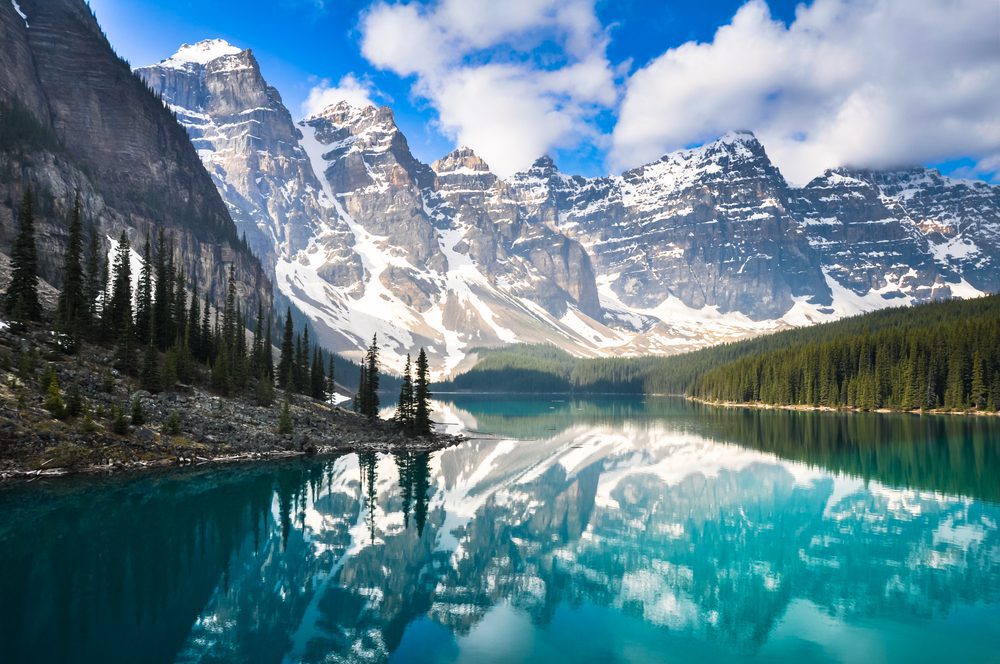The Arctic Allure: A Guide to Capturing the Northern Lights
Amber Takahashi, a seasoned guide and adept photographer, has become a maestro in the ethereal dance of the Northern Lights. With a keen eye for both celestial beauty and the intricacies of the Arctic landscape, Amber has honed her craft in guiding and capturing the elusive auroras. Her nights are spent beneath the vast Arctic sky, orchestrating mesmerizing encounters with the luminescent spectacle. Through her lens, she weaves stories of shimmering greens and purples, translating the cosmic ballet into captivating visual narratives. Amber Takahashi is not merely a witness; she is a storyteller, sharing the enchantment of the Northern Lights with those fortunate enough to join her expeditions.

The Magic of the Northern Lights: A Spectacular Natural Phenomenon
There’s something undeniably enchanting about the Northern Lights. The vibrant hues of green, purple, blue, and pink against the night sky create a surreal and awe-inspiring experience. This celestial light show occurs when charged particles from the sun collide with atoms in the Earth’s atmosphere, resulting in a mesmerizing dance of shimmering lights that seem to move and change shape as if they have a life of their own.
Understanding the Science Behind the Aurora Borealis
The Northern Lights are more than just a beautiful sight—they’re the result of complex scientific interactions. When solar wind reaches Earth, it interacts with the planet’s magnetic field and collides with atmospheric gases, primarily oxygen and nitrogen. The altitude of these collisions determines the color: higher altitudes produce red and purple hues, while lower ones create vibrant greens.
Best Locations to Witness the Northern Lights
To see the Northern Lights in full splendor, head to the Arctic regions where conditions are ideal. Notable destinations include:
- Iceland – Wide open skies and minimal light pollution make this a premier viewing location.
- Norway – Especially Tromsø and the Lofoten Islands, offering fjords and auroras together.
- Sweden – Abisko National Park is a globally recognized hotspot for aurora activity.
- Canada – The Yukon and Northwest Territories provide vast, unpolluted skies for optimal viewing.
Each of these destinations provides an unforgettable backdrop—from snow-covered mountains to frozen lakes—all illuminated by the celestial glow of the aurora borealis.
Your Ultimate Guide to Photographing the Aurora Borealis

Photographing the Northern Lights can be challenging, but with preparation and patience, you can capture their beauty. Follow these tips to maximize your results:
Choose the Right Location
Find areas far from artificial light, ideally with open horizons and minimal obstructions. Features like mountain silhouettes or reflecting lakes can enhance your composition and lend a sense of place to your images.
Essential Photography Equipment
- Tripod: A steady tripod is vital for long exposure shots to avoid blur.
- Wide-Angle Lens: This allows you to capture sweeping views of the sky.
- Extra Batteries and Cards: Cold temperatures deplete batteries quickly; be sure to pack spares and enough storage for long shoots.
Camera Settings for Success
- Manual Mode: Gives full control over exposure, aperture, and ISO.
- ISO: Start around ISO 800 to 1600. Adjust based on aurora brightness and light conditions.
- Aperture: Use a wide aperture like f/2.8 to let in as much light as possible.
- Shutter Speed: Try exposures between 5 and 30 seconds depending on aurora movement. Test and adjust as needed.
Patience and Perseverance
Conditions are unpredictable. Sometimes you’ll wait hours in freezing temperatures for the lights to appear. But when they do, the reward is immense. Enjoy the silence, the stars, and the glow of the aurora as it reveals itself across the sky.
Conclusion: An Unforgettable Adventure Awaits
The Northern Lights are a rare gift from nature, an experience that touches the soul. Whether you’re traveling to photograph them or simply to witness their beauty firsthand, the Arctic offers an unforgettable canvas of stars, silence, and shimmering light. With the right preparation, gear, and mindset, you’ll not only capture the aurora—but take home memories that will last a lifetime.


